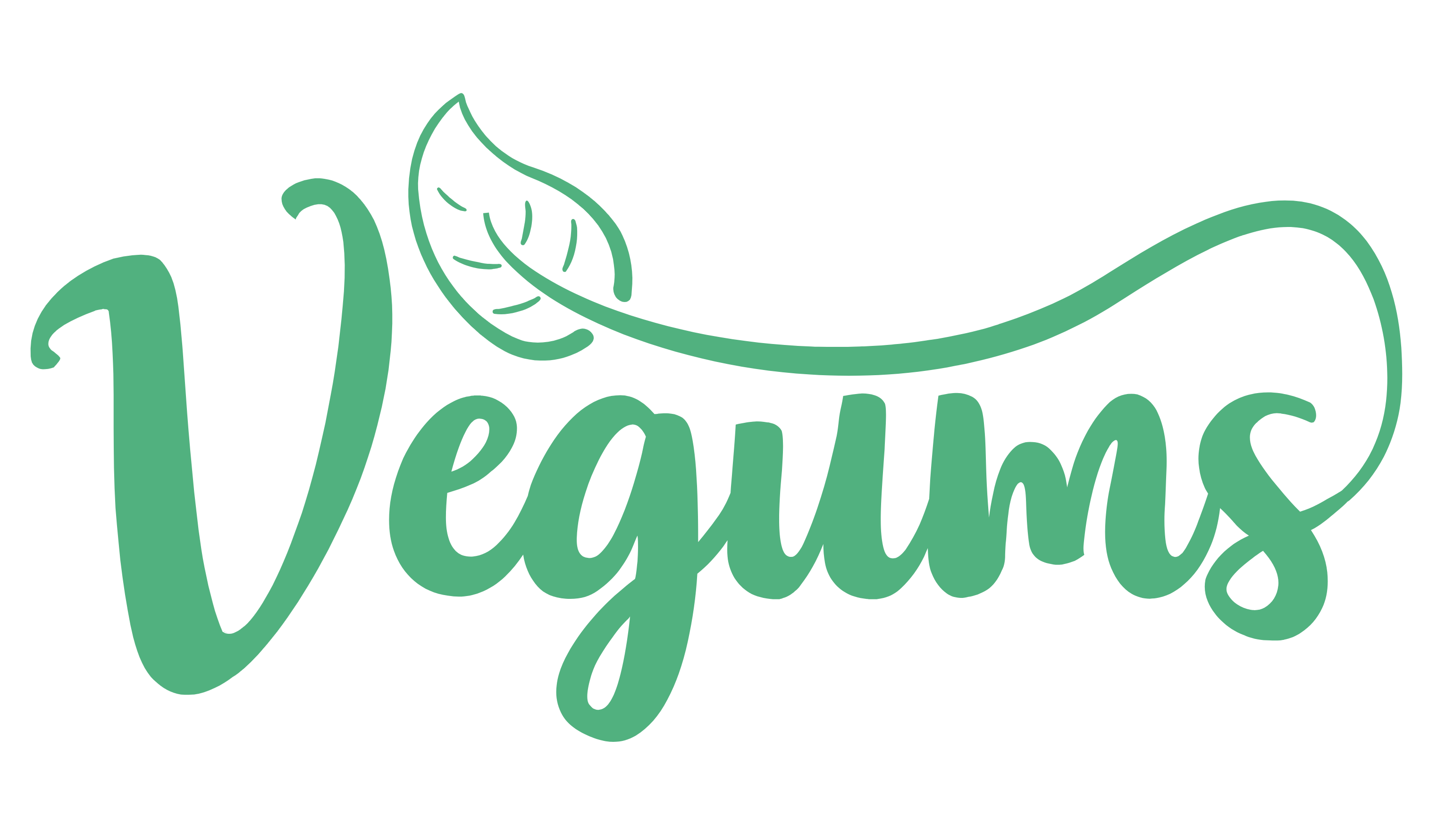We couldn’t decide whether we were broaching this subject too early or too late, so we decided we might as well just rip the plaster off and go for it: is factory farming really to blame for the pandemic? If so, is there a way to cut the risk without enforcing a complete ban on meat?
Things have quieted down now, but in the early days of the ‘rona it seemed like every major news network was desperate to place the blame on something. Two blame game names stood out though: the poor bat, and the way the poor bat was (or wasn’t) farmed. We decided that as overwhelming as everything is right now, this is a discussion that has to happen sooner rather than later.
The sonar suspect was slaughtered at a wet market, so-called because it sells perishable products (like meat and fish). This wouldn’t necessarily be so problematic if it were just the dead animals for sale, but things get worse when you hear that they’re slaughtered on demand. This means that you’ve got the livestock mingling with the meat, and the conditions are by no means sanitary. Not only that, but it creates an even higher stress situation for the animals, with them witnessing their fate and the pain and terror that will come with it. This has been found to weaken the immune response, as stress suppresses it. This in turn allows the virus to mutate and replicate rapidly, right before it’s transmitted to the environment amongst crowds of other animals and people.
The problem as a whole
First things first: as much as we’d love to entertain the idea of a post-pandemic utopia without any animal agriculture, We’ll come back to the lesser of the evils later, but we just want to make sure that no one gets us twisted first! The reason people leapt at the chance to pin COVID-19 on livestock is because almost all the previous pandemics we’ve seen have been zoonotic (passed from animals to humans). In the past 50 years, zoonotic diseases have become 4 times as frequent, covering a host of household names like SARS, MERS, Ebola, swine flu and bird flu.
What causes the spread?
So an obvious contributor is the sheer number of animals that our growing population demands. The more meat we want to eat, the more animals are forced into an already overcrowded environment, and the more likely they are to pass germs onto each other. There are also human factors that contribute to the ever-increasing threat of ‘disease X’:
- Increased population size
- Increased population density
- Increased international travel
- Lack of funding for alternative antibiotic development
- Lack of education surrounding prescriptions
But most poignantly now, it’s the human need to conquer. We’re constantly entering unknown territories, eating exotic animals, and exposing ourselves to viruses that we didn’t even know existed.
Antibiotic Resistance
This is the bit that I find scariest of all. The way that antibiotics are literally injected into the agricultural sector is a huge root cause not only of the spread of disease, but also of the lack of ways to treat the disease once it’s taken hold. Antibiotics are drugs used to destroy bacteria, but agriculture, alongside other factors, is rapidly rendering them useless. They can be extremely effective, but every so often a bacterium might mutate so that it’s stronger than the rest of them. In agriculture, antibiotics are given in anticipation of an infection, so constant overuse means that bacteria the animal is carrying are more likely to mutate and gain resistance. Horrifyingly, antibiotics are also administered as a means of increasing productivity and yield, as animals receiving antibiotics in their feed gain 4-5% more body weight than animals that don’t.
[credit: http://www.who.int/campaigns/world-antibiotic-awareness-week/infographics/en/]
All this means that agricultural antibiotics in constant non-medical use; wasted on fighting off bacteria that are unlikely to cause serious harm to their hosts rather than being saved up for the fights that need them. Then, once the super strength bacteria have settled into the gut and got cosy, it’s only a matter of time until their animal taxis have sent them our way through food, water, air and soil. In the case of the wet markets, the risk is increased by the added transmission route: through direct contact.
Factory farming or wet markets?
Since wet markets earned a bad name for themselves, new laws have been put in place in various countries banning them. Getting rid of them full-stop would obviously reduce the food supply as well as the number of jobs for vast numbers of people, so there have been calls to replace them with factory farming instead. Considering the risks that come with factory farming of non-exotic livestock, this still sounds a pretty bad idea to us. Of course trade of live wildlife needs to stop, but we need to have a complete overhaul of the system if it’s going to actually prevent the spread. Bans on official markets are leading people, especially in less wealthy communities, to turn to black market trade. If there isn’t enough food to go round without exploiting exotic animals, then support needs to be provided by the government.

